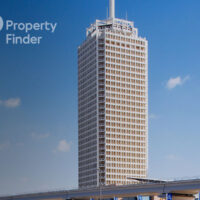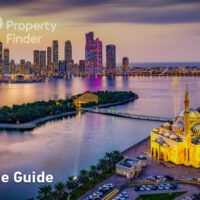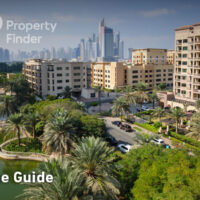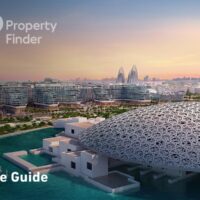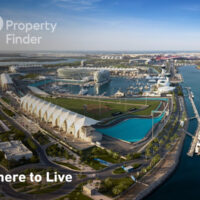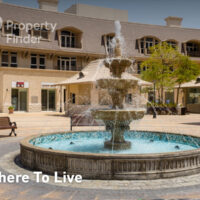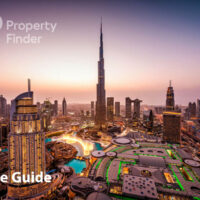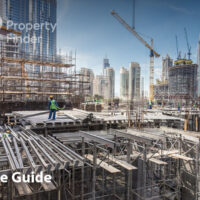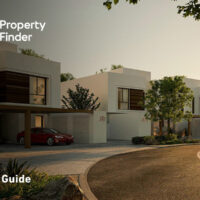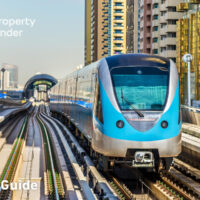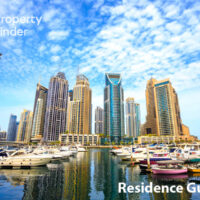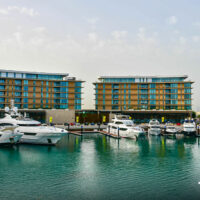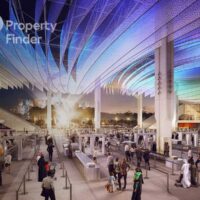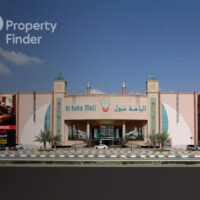Several recent project launches show that developers are finally tackling the huge demand from lower and middle income residents who want to buy their own home.

Until mid-2014, real estate project launches were aimed toward the luxury segment. However, there has been a positive shift toward more affordable projects due to a strong demand from the growing middle class in the region. These projects typically consist of smaller units and more creative layouts and finishings, both factors that help to lower prices.
Affordable Housing Projects
They are extremely important as they ultimately end up serving as products for the majority of the population, which consist of lower to middle income households. We know that many residents in Dubai are ultimately renters, but could have the potential to convert to homeowners via affordable projects.
Affordable properties provide better investment returns than luxury properties which are often held as trophy assets.
The middle income population – earning between AED 15,000 to AED 30,000 per month – has been the target segment for most of the affordable housing projects launched by developers in recent months. Most of the new projects in the market offer smaller unit sizes in order to keep prices attractive, along with providing financial incentives such as payment plans with limited commitments ranging between 20-30% due during pre-construction periods. Additional features include prolonged post-handover payment possibilities and Dubai Land Department (DLD) fee waivers. However, a gap in the market still exists for households earning less than AED 10,000 per month. Most often, that segment of the population is left with housing that includes only studios or some one-bedroom options.
There is an increasing number of projects dedicated to middle income classes; however, in the homeownership market, less than 20% of the middle income projects are affordable to households earning less than AED 15,000 per month. Although developers are increasingly targeting the mid income segment.
Overall, the latest project launches are a clear sign that developers are adapting to meet the market demand. As the market continues to mature and stabilise itself for the long-term, developers are becoming more sophisticated and responsive to market conditions.
With this recent shift towards affordable housing in the market, developers must now adopt innovative and practical ways to provide luxury features and amenities in affordable projects which typically consist of smaller common areas and units. For instance, developers could improve space usage in affordable housing projects by including integrated space-saving equipment and furniture that easily changes functions. Developers should also think of ways to offer units that convey high quality without having to increase pricing.
In addition, developers would be smart to devise housing supply for the largest segment of the population, which are those that earn below AED 10,000 monthly. In reality, supply for this segment is limited to studios and one-bedroom apartments, which is not conducive for families. Although developers are increasingly targeting the mid-income segment, they are mainly focusing on building projects targeting households earning between AED 15,000 and AED 30,000.
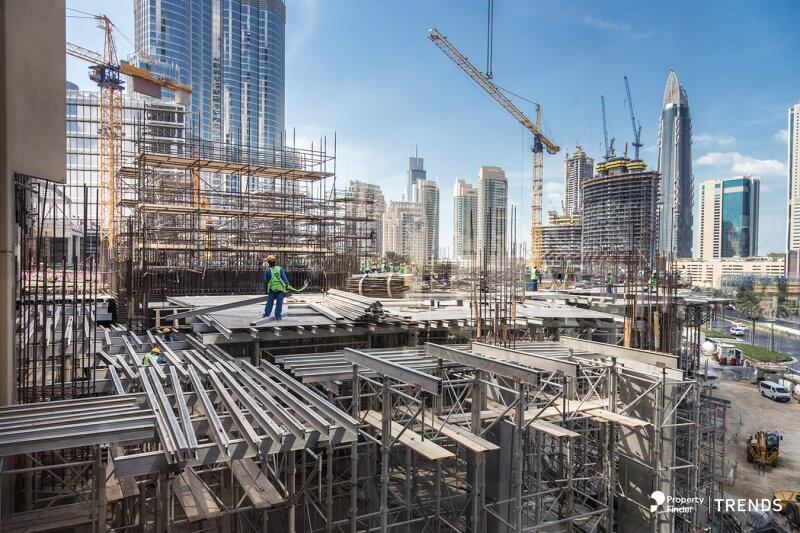
While the Dubai government has made progressive steps towards defining affordable housing, the market still needs a clearer and more nuanced definition of the term, which may include classifying households by income level such as very low, low, and middle income.
Other elements of classification could comprise household size and the amount allocated to renting or buying a home compared to the gross household income. The implementation of a low income housing policy may tackle this gap and allow the large number of low income and middle class families to benefit from real estate developments in Dubai. Ultimately, addressing the serious shortage of affordable housing options in Dubai, could help to tackle traffic congestion caused by daily commuters who prefer to live in the Northern Emirates while they are most often working in Dubai.
In Terms of Pricing
Affordable housing differs from one project to another, depending on the cost of plot, cost of design, cost of engineering, size of units, cost of materials, featured amenities, and location.
Numerous developers have structured payment plans that respond to the rising demand for affordable housing. This trend is highly popular amongst developers as they look to offer long-term payment plans and are more enticing to first time buyers.
The target market for BinGhatti projects are those earning between AED 15,000 to 30,000 monthly. As the main developer in Dubai Silicon Oasis, we planned a state-of-the-art Technology Park as well as infrastructure spanning over 7.2 square kilometres. This area hosts a population of more than 160,000 residents. The suburban community offers a kaleidoscope of schools, parks, shopping centres, and international restaurants while hosting a number of offices for multinational companies.
Our focus on the affordable segment of the market also reflected the reality that affordable properties provide better investment returns than luxury properties which are often held as trophy assets. This means that the property would attract institutional investors seeking consistent rental returns for their real estate investment funds.
At the same time, smaller units in the heart of the city and affordable housing are a global trend. Cities around the world are realising the impact of the millennial generation and their desire to live in the city centre. Mixed-use communities are in high demand with people living, working, and entertaining themselves within a very localised area.
The Expo 2020 is an important catalyst for Dubai’s economy. This event will create a lot of employment opportunities and will attract top talented professionals from all over the world. A whopping 300,000 new jobs are expected to be created between 2018 and 2021, as a result of organising such an immense worldwide event in Dubai. As a result, demand for affordable housing will rise in the coming years.
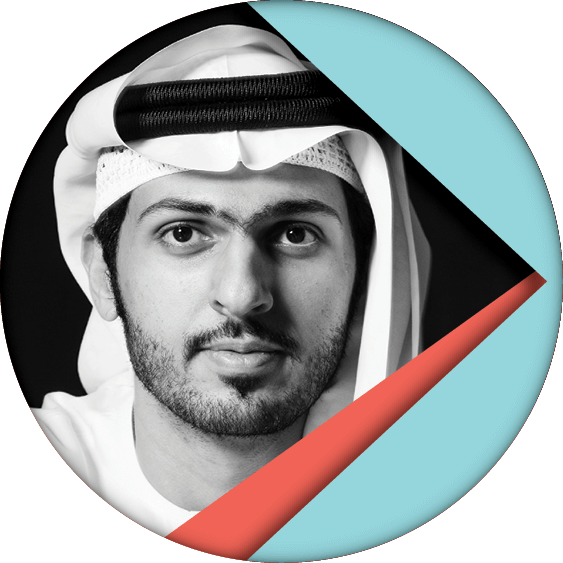
MUHAMMAD BINGHATTI
CEO & Head of Architecture
BinGhatti Holding
Connect with Muhammad BinGhatti on LinkedIn
How many years’ experience do you have in real estate & market specialty?
I have 10 years of experience in the real estate sector.
Why did you write on affordable housing?
Affordable housing allows for continued growth, development, and competition while providing an element of long-term market stability and sustainability. The UAE’s progressive leadership is undoubtedly committed to the country’s success and the recent focus on affordable housing.
In just a few words, describe the UAE real estate market in 2019
The latest economic and legislative reforms, the recent improvement in oil prices, the proximity of Expo 2020, and the growth of the UAE’s population are all indicators of an increase in market activity.
This article was originally published in Trends Report, Vol 5.



